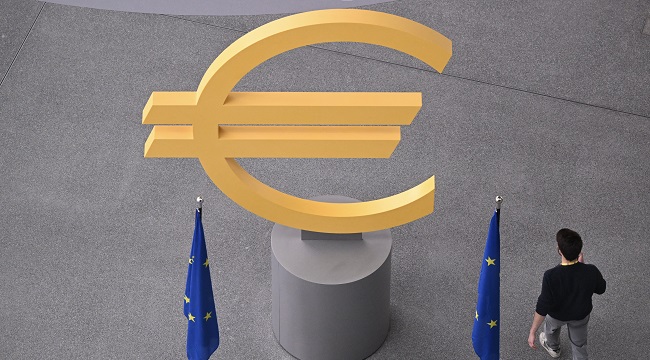Eurozone inflation increased to 2.2 percent in September, up from 2 percent in August, according to data released by the European Union’s statistics agency. This rise, driven by energy costs, has reinforced expectations that the European Central Bank will not make further interest rate cuts this year. The inflation rate now stands above the ECB’s target of 2 percent.
The latest figure aligns with predictions made by analysts surveyed by Bloomberg, although economists at FactSet had anticipated a slightly higher rate of 2.3 percent. Core inflation, which excludes volatile energy, food, alcohol, and tobacco prices, remained unchanged at 2.3 percent. This stability was maintained despite an acceleration in service price rises to 3.2 percent in September, compared to 3.1 percent in August.
Energy costs experienced a smaller decline of 0.4 percent in September, compared to the 2.0 percent decrease recorded in August. Meanwhile, price increases for food, alcohol, and tobacco eased to 3.0 percent in September, down from 3.2 percent the previous month. These developments suggest that the European Central Bank’s plans for interest rates are likely to remain unchanged, according to Riccardo Marcelli Fabiani, senior economist at Oxford Economics.
Inflation rates in Germany and France, the EU’s largest economies, also saw an increase in September. Germany’s inflation rate rose to 2.4 percent, while France’s rate reached 1.1 percent. These national figures contribute to the broader Eurozone trend and will be closely watched by policymakers.
The September inflation figure is expected to cement the ECB’s stance on interest rates, with only a significant surprise in inflation potentially prompting a rate cut this year. As the Eurozone continues to navigate economic challenges, the ECB’s decisions will be crucial in maintaining stability and promoting growth. The latest data provides valuable insight into the region’s economic health, informing both policymakers and investors as they look to the future.





